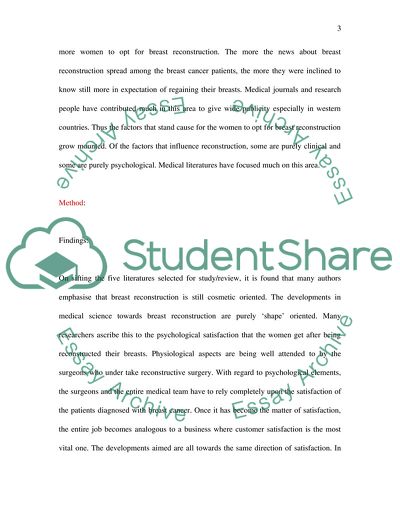Cite this document
(Factors Influencing Women to Choose Breast Reconstruction Dissertation, n.d.)
Factors Influencing Women to Choose Breast Reconstruction Dissertation. Retrieved from https://studentshare.org/social-science/1706116-what-factors-contribute-to-women-diagnosed-with-breast-cancer-choosing-breast-reconstruction-following-mastectomy
Factors Influencing Women to Choose Breast Reconstruction Dissertation. Retrieved from https://studentshare.org/social-science/1706116-what-factors-contribute-to-women-diagnosed-with-breast-cancer-choosing-breast-reconstruction-following-mastectomy
(Factors Influencing Women to Choose Breast Reconstruction Dissertation)
Factors Influencing Women to Choose Breast Reconstruction Dissertation. https://studentshare.org/social-science/1706116-what-factors-contribute-to-women-diagnosed-with-breast-cancer-choosing-breast-reconstruction-following-mastectomy.
Factors Influencing Women to Choose Breast Reconstruction Dissertation. https://studentshare.org/social-science/1706116-what-factors-contribute-to-women-diagnosed-with-breast-cancer-choosing-breast-reconstruction-following-mastectomy.
“Factors Influencing Women to Choose Breast Reconstruction Dissertation”, n.d. https://studentshare.org/social-science/1706116-what-factors-contribute-to-women-diagnosed-with-breast-cancer-choosing-breast-reconstruction-following-mastectomy.


